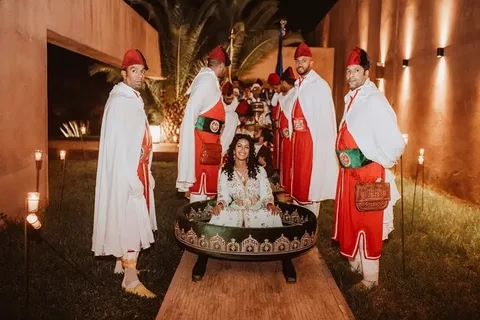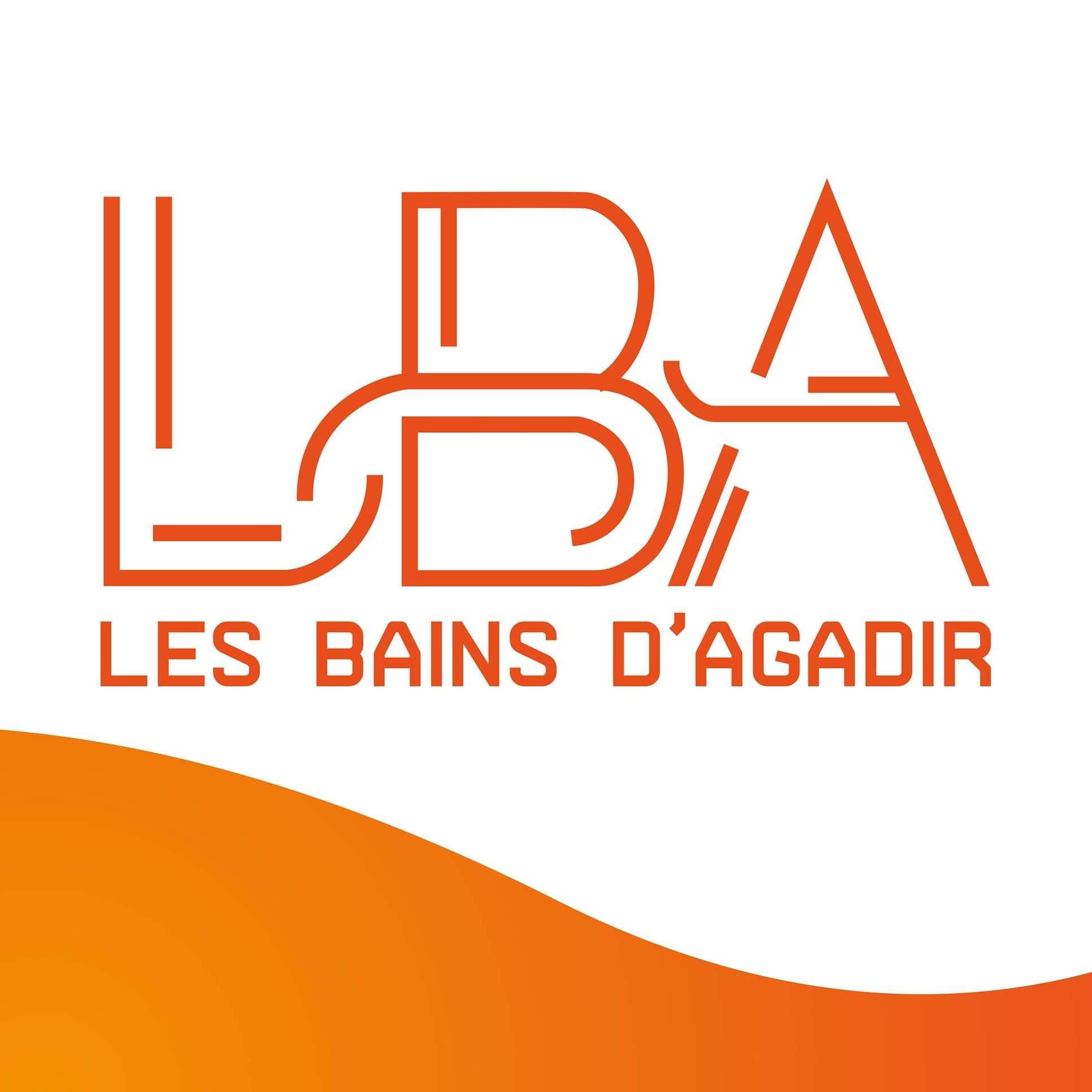
Hammam Wedding Ceremony by LBA: A Moroccan Bridal Tradition
Introduction: Discover the serene and culturally rich tradition of the Hammam ceremony, a vital pre-wedding ritual in Moroccan culture, often leading up to the grand traditional wedding. This intimate gathering, frequently organized by LBA (a hypothetical event organizer or bridal service), is more than just a cleansing ritual; it’s a symbolic transition for the bride, steeped in ancient customs and communal joy. This article will explore the significance, rituals, and beauty of the Hammam wedding ceremony, an essential part of the Moroccan marital journey.
The Hammam Wedding Ceremony: Cleansing the Path to Matrimony
Moroccan weddings are renowned for their vibrant colors, rich customs, and elaborate celebrations. Among the many beautiful traditions, the Hammam (traditional bathhouse) ceremony holds a special place. This pre-wedding ritual is not just about physical cleansing; it’s a symbolic purification of the bride, preparing her body and spirit for the sacred union of marriage.
The Essence of the Hammam Ceremony
The Hammam ceremony for a bride is a deep-rooted cultural practice that emphasizes purity and rejuvenation. It’s a serene yet joyful occasion, often taking place a few days before the main wedding celebrations. The ceremony is exclusively for women – the bride, her mother, aunts, sisters, and close female friends – fostering a strong sense of community and support as the bride transitions to a new chapter of her life.
Rituals of the Hammam: A Mosaic of Tradition
The Hammam bridal ceremony involves a series of traditional steps designed to pamper and purify the bride:
- Preparation with Natural Products: The bride is often treated with traditional Moroccan beauty products like sabon beldi (black soap), ghassoul (clay mask), and argan oil. These natural ingredients are known for their cleansing, exfoliating, and nourishing properties, leaving the skin soft and radiant.
- Exfoliation and Massage: A kessala (Hammam attendant) or a close family member gently exfoliates the bride’s skin using a kessa glove, removing impurities and promoting circulation. This is often accompanied by gentle massages, easing any pre-wedding jitters.
- Herbal Rinses and Fragrances: Traditional Moroccan herbs and floral waters, such as rose water or orange blossom water, are used for rinsing, leaving the bride with a delicate, fragrant aroma. These elements add to the ritual’s spiritual and sensory experience.
- Symbolic Cleansing: Beyond the physical aspects, the Hammam ceremony carries deep symbolic meaning. It represents the washing away of the past and a readiness to embrace a new beginning, purified and ready for the responsibilities and joys of married life.

The Role of LBA in Your Hammam Ceremony
For couples planning a Moroccan wedding, incorporating an authentic Hammam ceremony can be a beautiful touch. LBA specializes in organizing these traditional experiences, ensuring every detail is handled with care and respect for cultural nuances. From arranging the private Hammam space to providing traditional products and experienced attendants, LBA can create a serene and memorable pre-wedding ritual for the bride and her female entourage.
FAQ: Moroccan Traditional Weddings & Hammam Ceremonies
1. Who pays for the wedding in Morocco? In Moroccan culture, wedding expenses are typically shared between the bride’s and groom’s families. The bride’s family traditionally covers significant costs, including the wedding venue, decorations, and her trousseau. The groom’s family is generally responsible for the amaria (dowry), which includes jewelry, clothing, and valuable gifts. Financial contributions can vary based on agreements between the families and their financial situations, reflecting a shared commitment to the couple’s union.
2. What is the cultural significance and symbolism behind Moroccan traditional weddings? Moroccan traditional weddings are deeply symbolic celebrations of family, love, and unity:
- The Henna Night symbolizes beauty, good luck, and protection against evil spirits, with intricate designs believed to bring blessings.
- The Amaria (dowry) signifies the groom’s commitment to provide for and protect his future wife.
- The Zaffa (wedding procession) is a joyous announcement of the marriage to the community, filled with energetic music and ululations.
- The communal feast symbolizes generosity, hospitality, and the coming together of families and friends.
- The Hammam ceremony (as detailed above) represents purification and readiness for a new chapter.
3. Are there regional variations in Moroccan traditional weddings? Yes, Morocco’s rich cultural diversity leads to regional variations in wedding traditions. Urban areas like Casablanca and Rabat may show more modern influences, while rural areas often emphasize traditional practices. Ethnic and religious diversity also contribute; for example, Berber weddings incorporate distinct rituals and attire reflecting their heritage, and Moroccan Jewish communities have their specific customs. These variations create a beautiful tapestry of traditions across the country.
Conclusion:
The Hammam wedding ceremony, whether as a standalone pre-wedding ritual or part of a larger Moroccan celebration, offers a profound and beautiful experience. It’s a moment of calm and rejuvenation for the bride, supported by the women in her life, symbolizing cleansing, renewal, and the joyful anticipation of marriage. For those seeking an authentic and holistic Moroccan wedding experience, incorporating this traditional Hammam ceremony, expertly organized by services like LBA, adds an invaluable layer of cultural depth and personal significance to the journey of love and union. It is a testament to Morocco’s enduring traditions, celebrating love in its purest and most ritualized forms.


